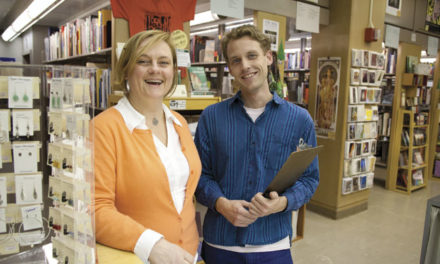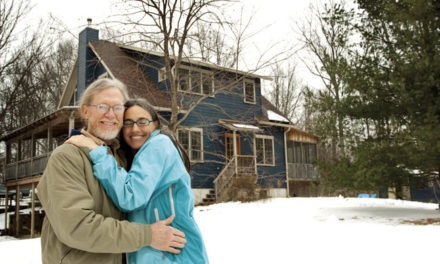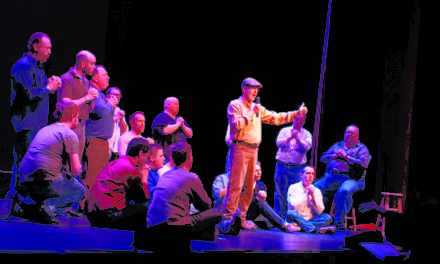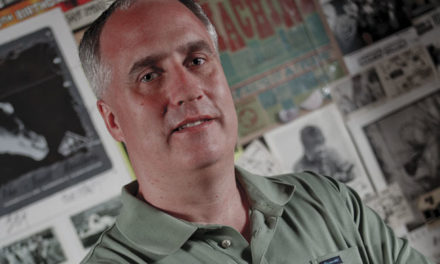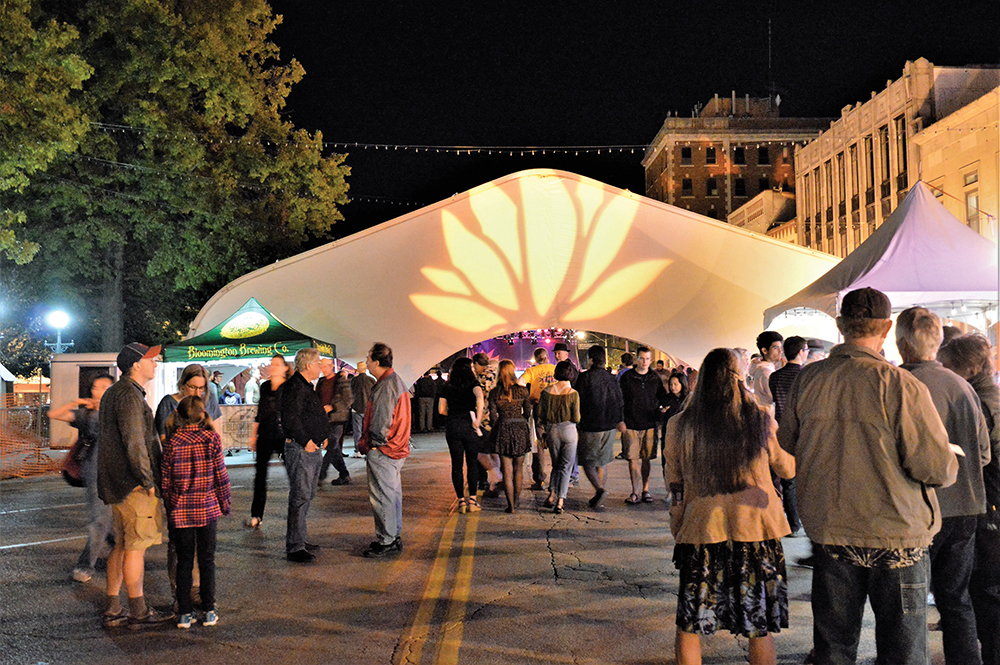
Lotus Festival attendees near the Lotus tent on 6th Street between College and Walnut. Photo by Jaime Sweany
BY MOLLY BRUSH
In October 1994, about 800 people gathered in downtown Bloomington for the city’s first-ever world music festival. Organized by Lee Williams, James Combs, and Shahyar Daneshgar, the festival was a one-night event featuring a dozen international performers on three stages. The response was so positive that Williams decided to repeat the effort annually, setting the stage for the Lotus World Music & Arts Festival to become, as former Lotus staff member and longtime volunteer LuAnne Holladay says, “a destination for the best in music from around the world.”
The origin of the festival’s name is twofold, Holladay explains. The organizers chose it both to honor Orange County, Indiana, folk musician Quinten “Lotus” Dickey and because the lotus flower, which grows in many countries and is an important symbol in various cultures, reflects the international ethos of the festival.
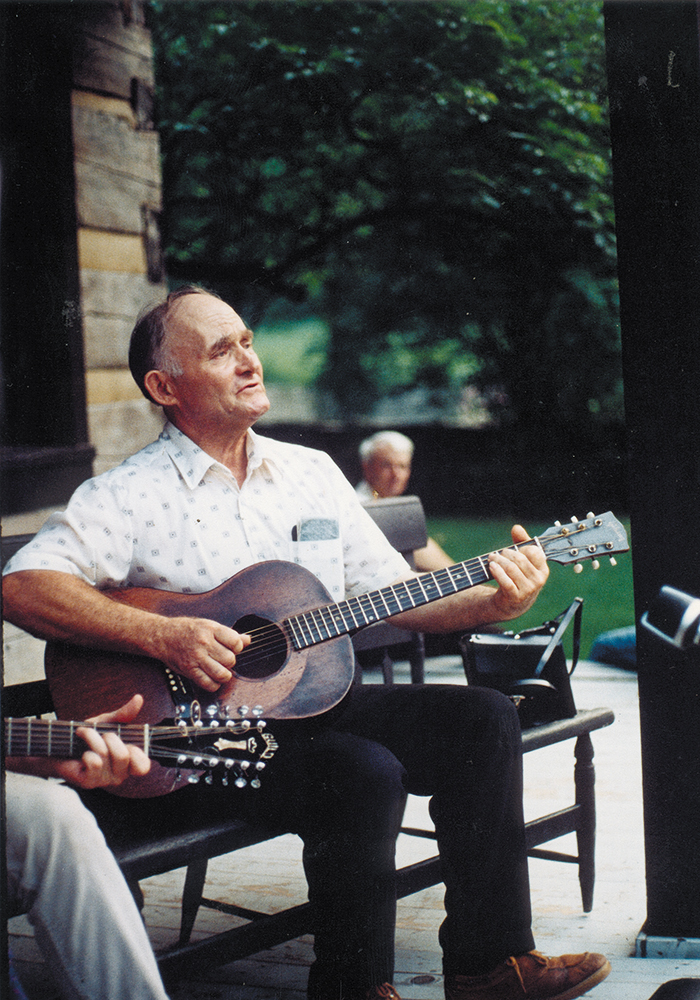
Quinten “Lotus” Dickey performing in his debut concert at Spring Mill State Park in 1981. Photo by Nan McEntire
“He was an inspiration, but they also loved the idea that the lotus flower grows everywhere in the world,” Holladay says.
From its modest beginnings 25 years ago, the Lotus Festival has become one of the city’s premier cultural events, bringing about 12,000 people to downtown Bloomington each fall. The festival lasts four to five days and features a roster of 25 to 30 solo artists and groups. The diverse musical offerings—from Portuguese fado and Buddhist chant to Afro-Venezuelan parranda and Yiddish folk songs—allow audiences to experience live world music without ever leaving home. The festival also includes visual arts components and free “Lotus in the Park” events with concerts, workshops, and exhibits.
The audience, like the music, is also diverse says Executive Director Sunni Fass. “When you look at the crowd at the festival, it’s everybody,” she says. “There are kids and there are people in their 80s, there are students, there are old Bloomington hippies, and there are young families. It’s an amazing mix of people that this event resonates with.”
Over the years, Lotus has grown in size and scope, and it’s also evolved into a nonprofit organization with a year-round presence. In 1995, the Lotus Education & Arts Foundation was formed with the mission of providing opportunities to experience, celebrate, and explore diverse cultures through music and the arts. The festival is its flagship event, but the nonprofit also offers educational programming such as Lotus Blossoms, which brings performers to K–12 classrooms throughout south-central Indiana, and visual arts programming.
Though much about the Lotus Festival has changed since 1994, it is still held in downtown Bloomington. The festival’s location in the heart of the city is central to its identity, Fass says.
“It would be a lot easier to produce if it was out in a field somewhere, but that is not the identity of this festival,” she says. “It’s intertwined with the community.”
The 25th annual Lotus Festival takes place September 27–30.

A street magician performs to a crowd in front of The Uptown Cafe on East Kirkwood in 2017. Photo by Jaime Sweany


